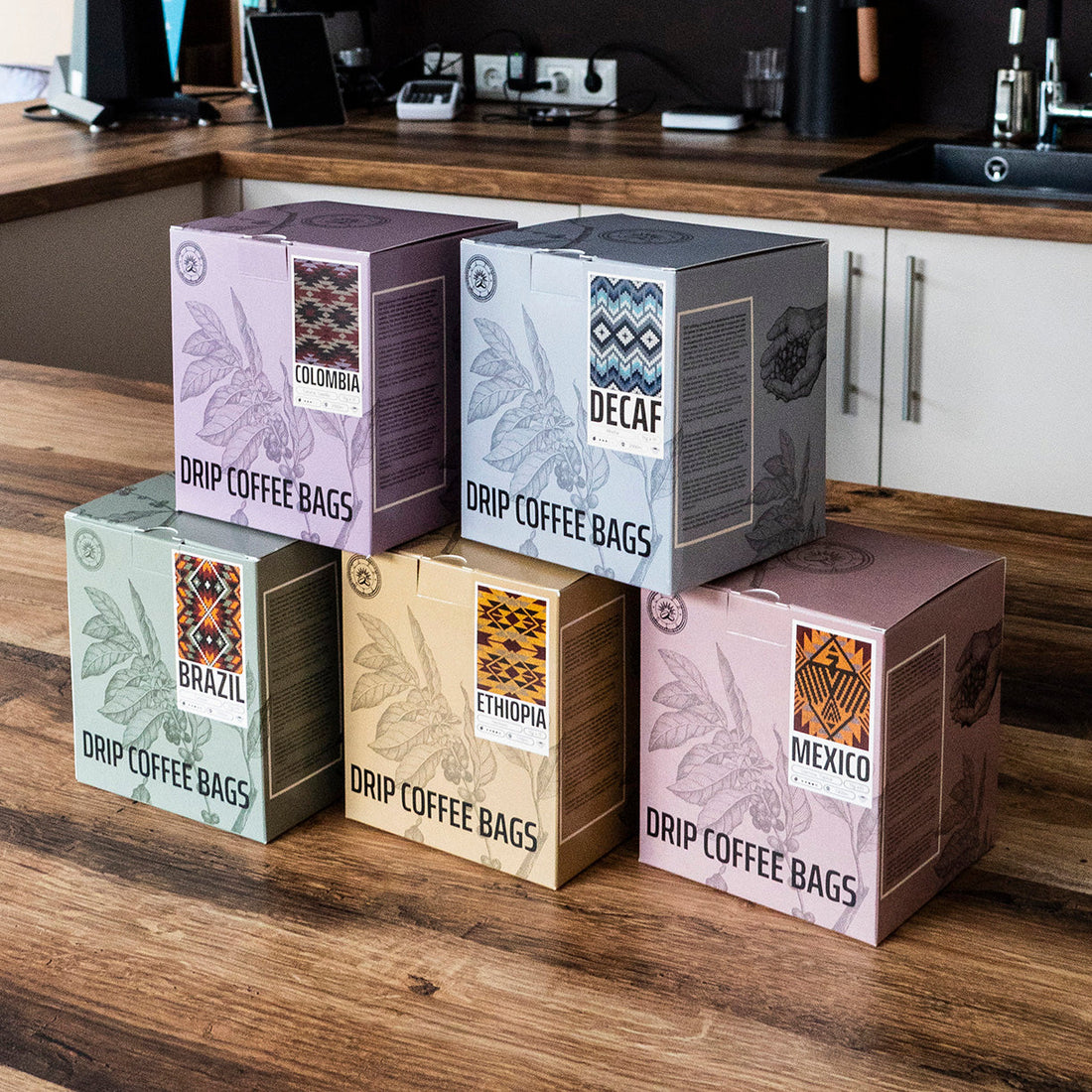10 Fascinating Facts About Coffee
Coffee is more than just a morning ritual, it's a global phenomenon with a rich history and intriguing quirks. Here are ten remarkable coffee facts to deepen your admiration for this beloved beverage:
-
Goats Discovered Coffee
According to legend, coffee was discovered in Ethiopia in the 9th century when a goat herder named Kaldi noticed his goats becoming unusually energetic after eating berries from a certain tree. Curious, he tried the berries himself, and the rest is history. -
Coffee Beans Aren't Beans
Despite their name, coffee beans are actually seeds from the fruit of the coffee plant. These seeds are extracted, processed, and roasted to create the coffee we know and love. -
The World's Most Expensive Coffee Comes From Civet Cats
Kopi Luwak, also known as civet coffee, is made from beans that have been eaten and excreted by the Asian palm civet. This unique process gives the coffee a smooth flavor, making it a rare and luxurious treat that can cost as much as $600 per pound. -
Brazil Reigns Supreme in Coffee Production
Brazil is the world's largest coffee producer, contributing nearly twice as much as the second-place country, Vietnam. The country's massive coffee plantations are a cornerstone of its economy. -
Coffee Was Once Banned
Believe it or not, coffee has been banned multiple times throughout history. In the 16th century, it was prohibited in Mecca due to its stimulating effects, and later in Europe, it was deemed "satanic" by some religious leaders. -
Finland Loves Coffee the Most
Finland takes the crown for the highest coffee consumption per capita. On average, a Finn enjoys around 27.5 pounds of coffee each year making it a staple of their daily life. -
Espresso Means 'Pressed Out'
The word "espresso" comes from the Italian term meaning "pressed out," referring to the method of forcing hot water through finely-ground coffee under pressure. -
Coffee Can Be Used as a Natural Dye
Beyond its role as a beverage, coffee can also be used to dye fabrics and paper, offering a natural and eco-friendly alternative to synthetic dyes. -
Coffee Houses Were Intellectual Hubs
In 17th-century England, coffee houses became popular meeting spots for intellectuals and artists. These establishments were often referred to as "penny universities" because a penny could buy you a cup of coffee and access to stimulating conversations. -
Coffee Is Packed with Antioxidants
Coffee is one of the richest sources of antioxidants in the average diet, helping to combat free radicals and potentially reducing the risk of certain diseases.
Whether you’re a casual coffee lover or a dedicated enthusiast, these insights reveal the captivating evolution of coffee from its legendary beginnings to its place as a worldwide favorite. So, the next time you sip your favorite brew, take a moment to appreciate the rich history and culture behind it!

